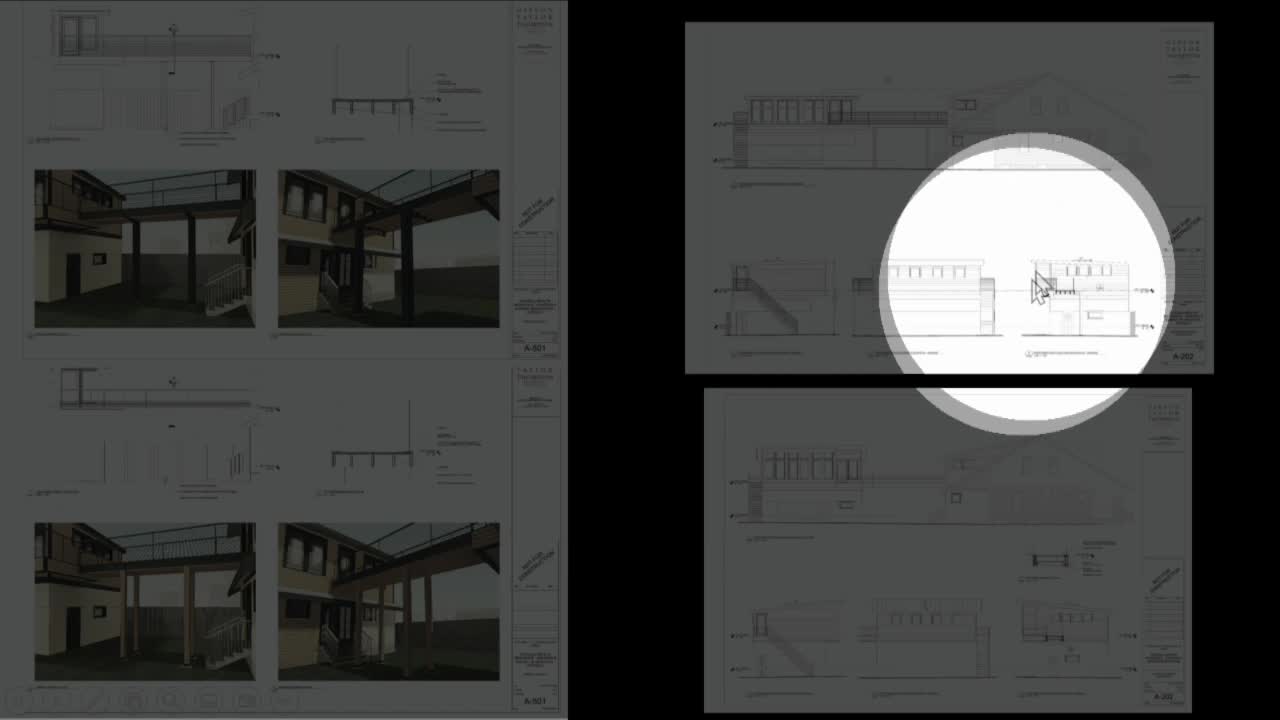Board overrides staff disapproval, grants COA for second‑floor connector at 232 East Bell Court (option 1A)
October 15, 2025 | Lexington City, Fayette County, Kentucky
This article was created by AI summarizing key points discussed. AI makes mistakes, so for full details and context, please refer to the video of the full meeting. Please report any errors so we can fix them. Report an error »

The Board of Architecture Review voted 3–1 on Oct. 15 to grant a Certificate of Appropriateness for a second‑floor connector between a house and a newly added garage at 232 East Bell Court, overriding staff’s recommendation of disapproval and limiting approval to a thinner connector option (referred to in the record as option 1A).
Staff had recommended disapproval, arguing that attaching an accessory building to the main structure is inconsistent with the pattern of detached accessory buildings in the East Bell Court and Veil Court area and that columns required for support would interrupt green space and yard rhythm. The staff report cited LFUCG guidelines that call for new construction and accessory structures to be consistent with setbacks and patterns of the block.
Applicant architect and consultant presented four design options: (0) the original connector as previously proposed; (1) a steel‑column support system beneath the bridge; (1A) a refinement that pulls the steel supports outward to avoid conflicting with existing stairs and reduces visual intrusion; and (2) a four‑post wood support option. The property owner, Drew Goodall, described a desire to create accessible, intergenerational living space that allows movement between the house and the accessory unit without compromising the household’s outdoor living area.
Board members weighed precedent concerns and design quality before Brack moved to grant the COA and specified proof points for approval: the decision promotes additional living options within historic neighborhoods while not diminishing district integrity, and the approved option must include final details submitted to staff. The motion was amended to be specific to option 1A; the amended motion passed and, on the motion as amended, the approval carried 3–1. The board instructed the applicant to submit final construction details to staff under the standard COA conditions.
Why this matters: The vote establishes a measured precedent for second‑floor connectors in Bell Court by approving a limited, design‑specific solution (option 1A) rather than a blanket change to accessory‑building patterns. The board emphasized the importance of high‑quality design and set expectations for staff review of final details.
Staff had recommended disapproval, arguing that attaching an accessory building to the main structure is inconsistent with the pattern of detached accessory buildings in the East Bell Court and Veil Court area and that columns required for support would interrupt green space and yard rhythm. The staff report cited LFUCG guidelines that call for new construction and accessory structures to be consistent with setbacks and patterns of the block.
Applicant architect and consultant presented four design options: (0) the original connector as previously proposed; (1) a steel‑column support system beneath the bridge; (1A) a refinement that pulls the steel supports outward to avoid conflicting with existing stairs and reduces visual intrusion; and (2) a four‑post wood support option. The property owner, Drew Goodall, described a desire to create accessible, intergenerational living space that allows movement between the house and the accessory unit without compromising the household’s outdoor living area.
Board members weighed precedent concerns and design quality before Brack moved to grant the COA and specified proof points for approval: the decision promotes additional living options within historic neighborhoods while not diminishing district integrity, and the approved option must include final details submitted to staff. The motion was amended to be specific to option 1A; the amended motion passed and, on the motion as amended, the approval carried 3–1. The board instructed the applicant to submit final construction details to staff under the standard COA conditions.
Why this matters: The vote establishes a measured precedent for second‑floor connectors in Bell Court by approving a limited, design‑specific solution (option 1A) rather than a blanket change to accessory‑building patterns. The board emphasized the importance of high‑quality design and set expectations for staff review of final details.
View full meeting
This article is based on a recent meeting—watch the full video and explore the complete transcript for deeper insights into the discussion.
View full meeting
